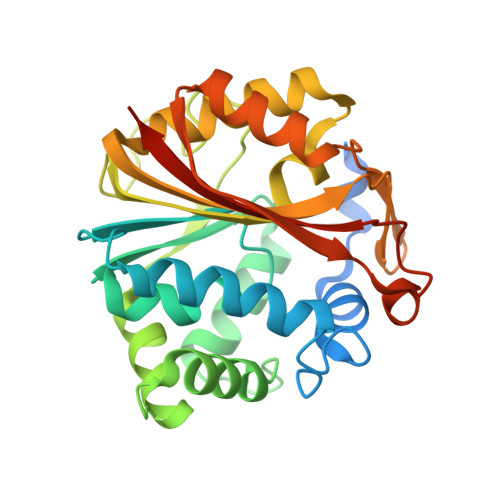Missing fragments: detecting cooperative binding in fragment-based drug design.
Nair, P.C., Malde, A.K., Drinkwater, N., Mark, A.E.(2012) ACS Med Chem Lett 3: 322-326
- PubMed: 24900472
- DOI: https://doi.org/10.1021/ml300015u
- Primary Citation of Related Structures:
4DM3 - PubMed Abstract:
The aim of fragment-based drug design (FBDD) is to identify molecular fragments that bind to alternate subsites within a given binding pocket leading to cooperative binding when linked. In this study, the binding of fragments to human phenylethanolamine N-methyltransferase is used to illustrate how (a) current protocols may fail to detect fragments that bind cooperatively, (b) theoretical approaches can be used to validate potential hits, and (c) apparent false positives obtained when screening against cocktails of fragments may in fact indicate promising leads.
Organizational Affiliation:
School of Chemistry and Molecular Biosciences (SCMB) and Institute for Molecular Bioscience (IMB), The University of Queensland (UQ) , St Lucia Campus, Brisbane, QLD 4072, Australia.

















